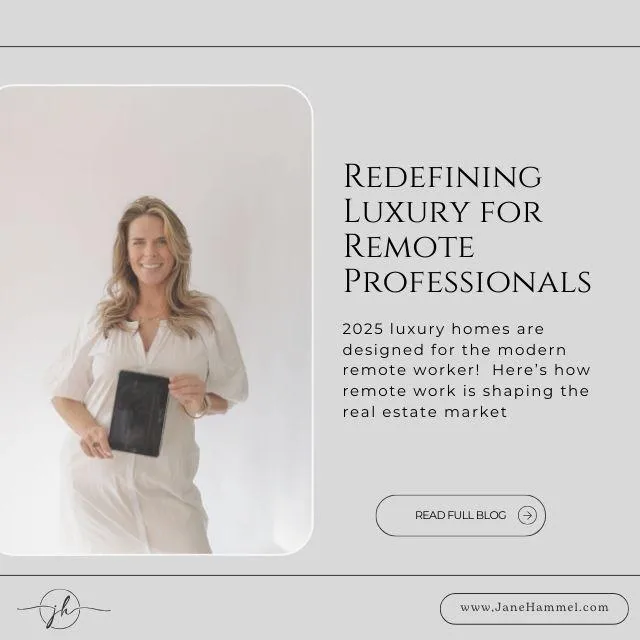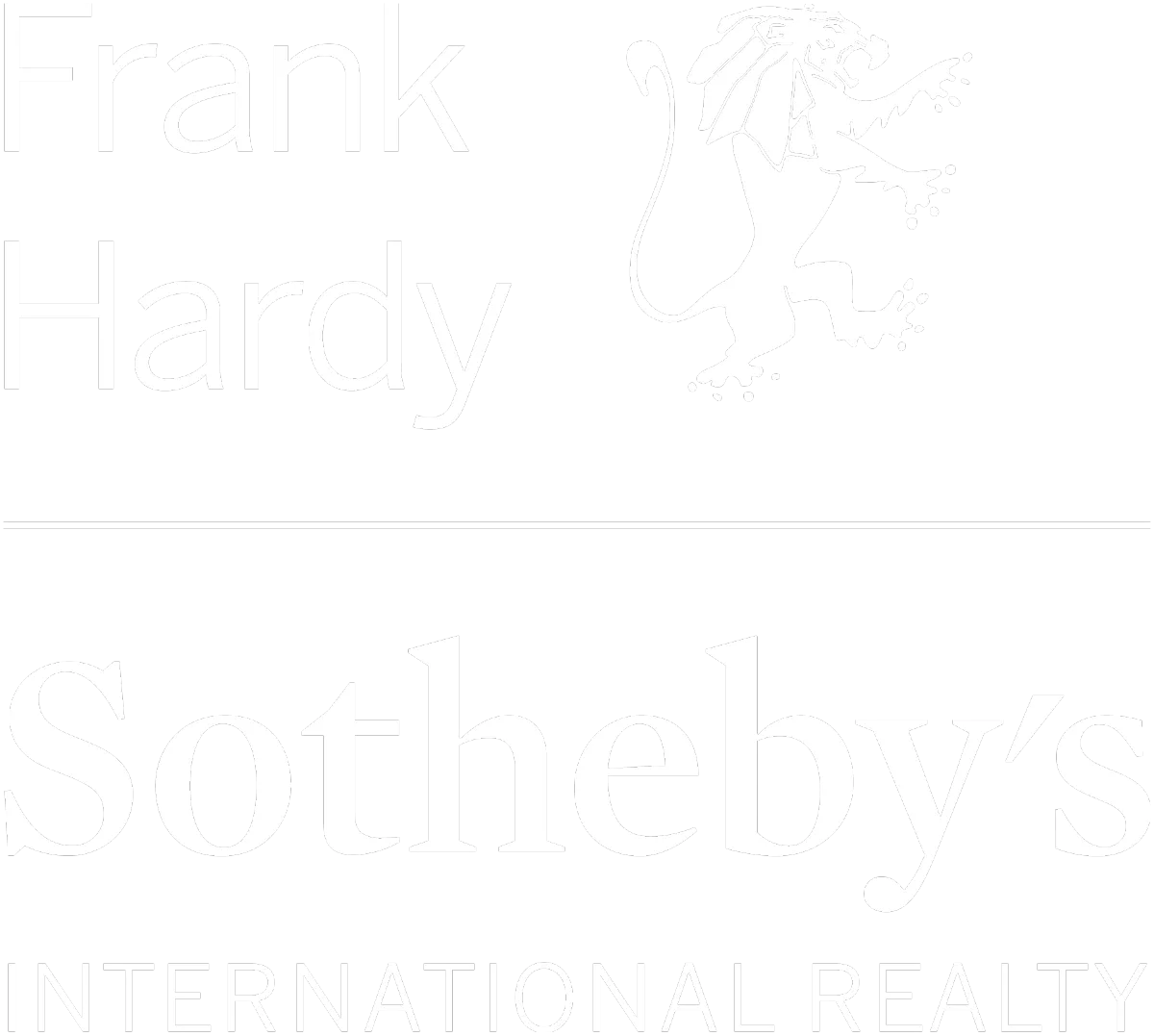
Redefining Home for the Remote Workforce: How Telecommuting Trends Are Influencing Luxury Home Preferences
The rise of remote work has revolutionized the way people live and work, and nowhere is this transformation more evident than in the luxury real estate market. In 2025, affluent buyers are prioritizing homes that seamlessly integrate productivity and leisure, reshaping design and location preferences across the industry. Let’s explore how telecommuting trends are driving new demands in luxury home purchases.
Home Offices: A New Standard
As remote work becomes a permanent fixture for many professionals, home offices have evolved from a nice-to-have feature to a necessity. Luxury buyers now seek dedicated office spaces equipped with high-speed internet, soundproofing, and ergonomic designs that enhance productivity. According to a survey by Realtor.com, 70% of remote workers consider a functional home office a top priority when purchasing a property.
Homes in upscale markets like Silicon Valley and New York’s suburbs are incorporating dual offices to accommodate couples working remotely. Features like built-in shelving, natural lighting, and seamless video conferencing setups are in high demand.
Outdoor Spaces for Work and Play
Serene outdoor spaces have become equally important for luxury buyers. Patios, rooftop gardens, and expansive yards now serve as extensions of the home office, offering a tranquil environment for remote workers to recharge. Properties with outdoor amenities such as fire pits, pools, and outdoor kitchens are particularly appealing.
For example, homes in regions like Napa Valley or Scottsdale, Arizona, often feature landscaped gardens and outdoor lounges designed to balance work and leisure. These spaces cater to buyers seeking both privacy and a connection to nature.
Proximity to Recreational Areas
With remote work offering more flexibility, luxury buyers are prioritizing properties near recreational amenities. Proximity to golf courses, hiking trails, and waterfronts allows homeowners to enjoy an active lifestyle without sacrificing convenience. This trend has fueled demand nationally in areas like Lake Tahoe, Park City, Aspen, and Florida’s Gulf Coast. Here at home, you can see this in Old Trail/Crozet, in many neighborhoods along and adjacent to the Rivanna Trail or nearby city and county parks.
Buyers are also gravitating toward communities with wellness-focused amenities, such as yoga studios and fitness centers, further emphasizing the importance of work-life balance.
Multi-Functional Spaces
Luxury homes in 2025 are being designed with flexibility in mind. Multi-functional spaces that can transition from a home office to a guest suite or fitness room are increasingly popular. These adaptable areas cater to the evolving needs of remote workers and their families.
Open floor plans with movable partitions, Murphy beds, and modular furniture allow homeowners to customize spaces based on their lifestyle. This level of versatility is particularly valuable for families with diverse schedules and requirements.
Technology-Driven Living
Advanced technology is at the forefront of luxury home design. Smart home systems that control lighting, temperature, and security are now essential for remote workers. Additionally, properties equipped with dedicated server rooms and multiple Wi-Fi zones ensure uninterrupted connectivity for work and leisure.
High-end developments are also incorporating virtual reality (VR) setups for gaming or fitness, reflecting the growing influence of tech-savvy buyers.
Shifting Geographic Preferences
Telecommuting has allowed luxury buyers to expand their geographic search, favoring locations that offer more space, natural beauty, and lower costs of living. Regions like Charlottesville, Virginia, or Bozeman, Montana are attracting remote workers seeking a slower pace of life without sacrificing access to high-end amenities.
This migration has led to the rise of "Zoom towns"—communities experiencing rapid growth due to an influx of remote professionals. Luxury properties in these areas often feature expansive lots, modern designs, and easy access to outdoor activities.
Designing for Work-Life Balance
At the heart of these trends is a growing emphasis on work-life balance. Luxury buyers are looking for homes that allow them to transition effortlessly between professional and personal life. Features like spa-inspired bathrooms, wine cellars, and home theaters provide spaces to unwind, while integrated office spaces keep productivity at the forefront.
The Future of Luxury Homes in a Remote World
The impact of remote work on luxury real estate is undeniable. As telecommuting becomes the norm, homes that prioritize flexibility, technology, and lifestyle will continue to dominate the market.
If you’re ready to explore how remote work is shaping your dream home, let’s connect. Together, we can find a property that meets your unique needs and redefines what it means to live and work in luxury.
JANE HAMMEL
The Key Difference In Real Estate & Business
@JANE HAMMEL

